Inside: Learn how to create an intentional plan for your classroom makerspace, by using 3 types of makerspace challenges across the kindergarten year.
Before You Fill That Makerspace Cart
When it comes to classroom makerspaces, it’s easy to put the “cart,” before the horse.
We’ve all seen those cute makerspace carts on Pinterest, that are all stocked and ready to roll and our first impulse is to run right out and buy ALL the things that we see in those pictures.
But before you do, you might want to spend some time thinking about exactly how your little “makers,” are going to use this space.
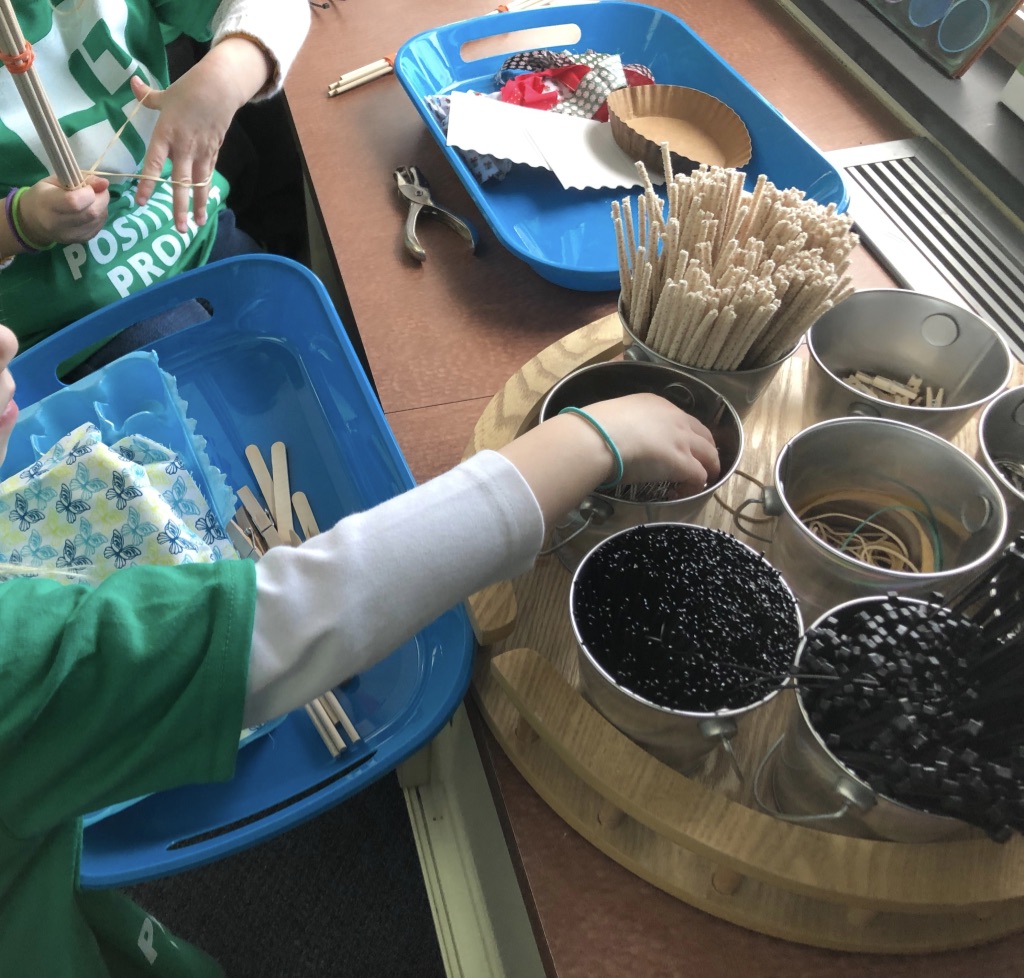
After trying many different things with my own kiddos, I’ve landed on 3 different types of makerspace challenges that I now offer across the kindergarten year.
3 Types of Makerspace Challenges
STEAM challenges can be as simple as joining 2 materials together to create something new or as involved as guiding children through each step in the engineer design process.
Depending upon the age of your children, amount of time you have, and their past experiences with STEAM projects, you’ll want to offer different makerspace challenges throughout the school year.
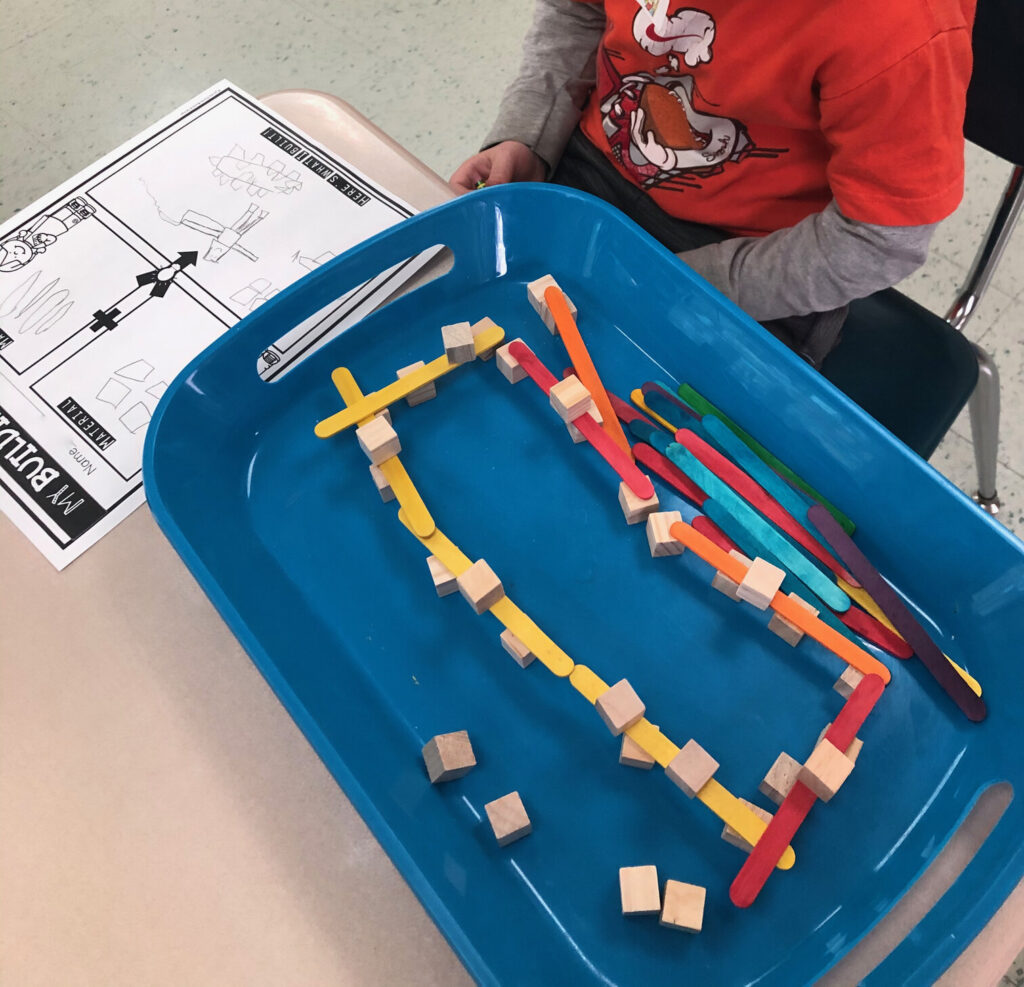
Here are the 3 makerspace challenges that I use in my own kindergarten classroom:
Building Challenges
With each of these challenges, children are invited to combine two materials to make something new. The possibilities for this type of challenge are endless. Just choose two materials, place them at the center and let the kids have at it. Include a planning sheet that children can use to draw their design before or after they have created it.
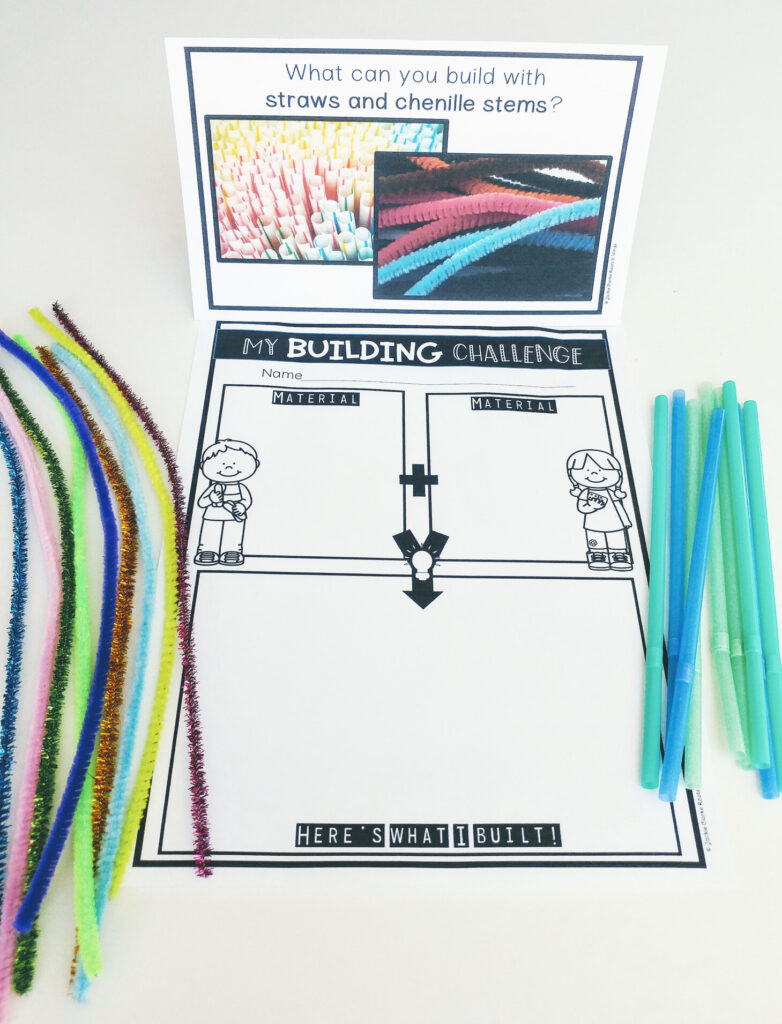
Upcycle Challenges
Children are invited to make a “trash” to “treasure” transformation beginning with a base material such as an egg carton, paper tube, or cup. They can alter the base material, in any way they choose, as well as add or take away parts to create something new. Planning sheets can used to list transformation ideas as well as create a materials list and to draw a sketch of what they want to make.
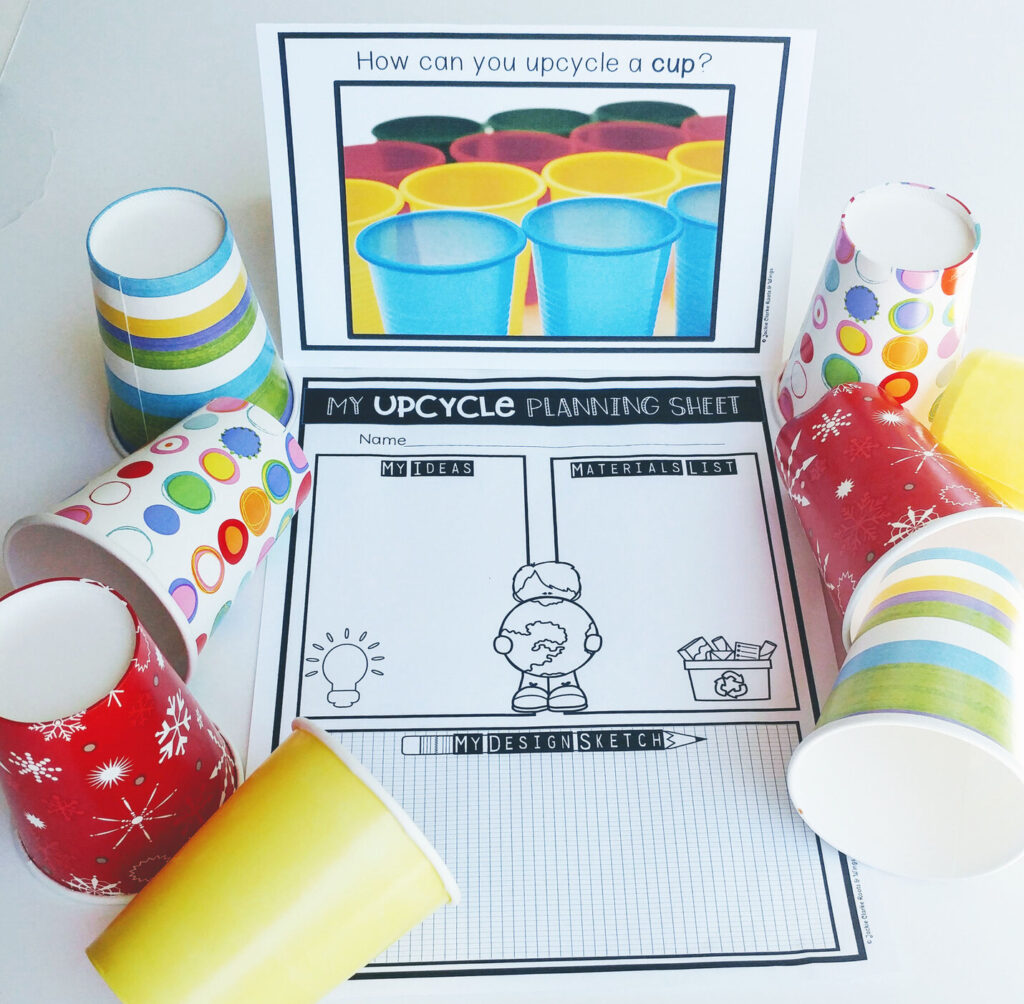
Design Challenges
These makerspace challenges are the most involved, and take the form of a meaningful project, where children are invited to design, build, test, and evaluate an everyday object. Weave these into content area units for the greatest impact on learning. Use an engineer design, step-by-step planning sheet or notebook to help children make their thinking visible throughout all steps of this process.
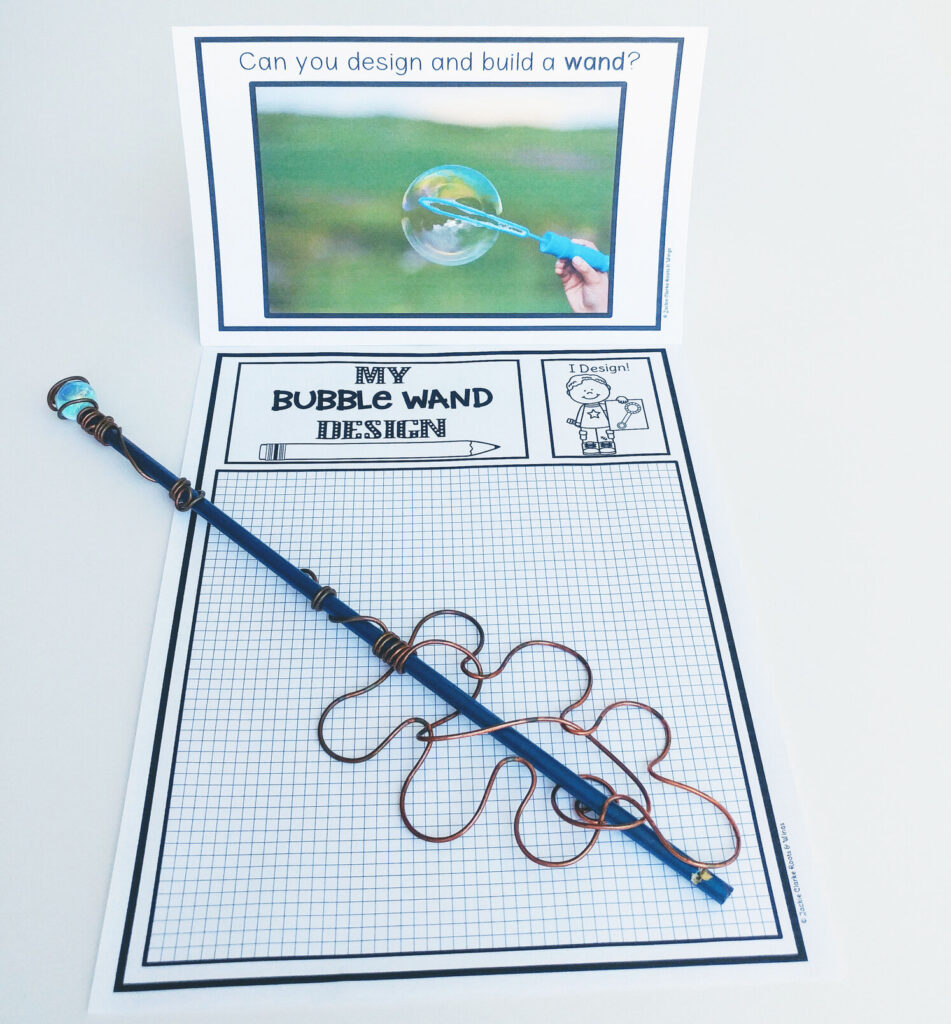
Using The Makerspace Challenges Across the Year
There are many flexible ways to use these makerspace challenges, but I have found that it works well to begin the year using primarily building challenges and then begin to offer upcycle and design challenges as children’s “maker mindset” grows.
I look for opportunities for these challenges to fit in with books we are reading or projects or inquiries that we are doing. In December, we usually do our first design challenge as we read the Gingerbread Man and the children are asked to design and build a toy boat to get the Gingerbread Man across the river.
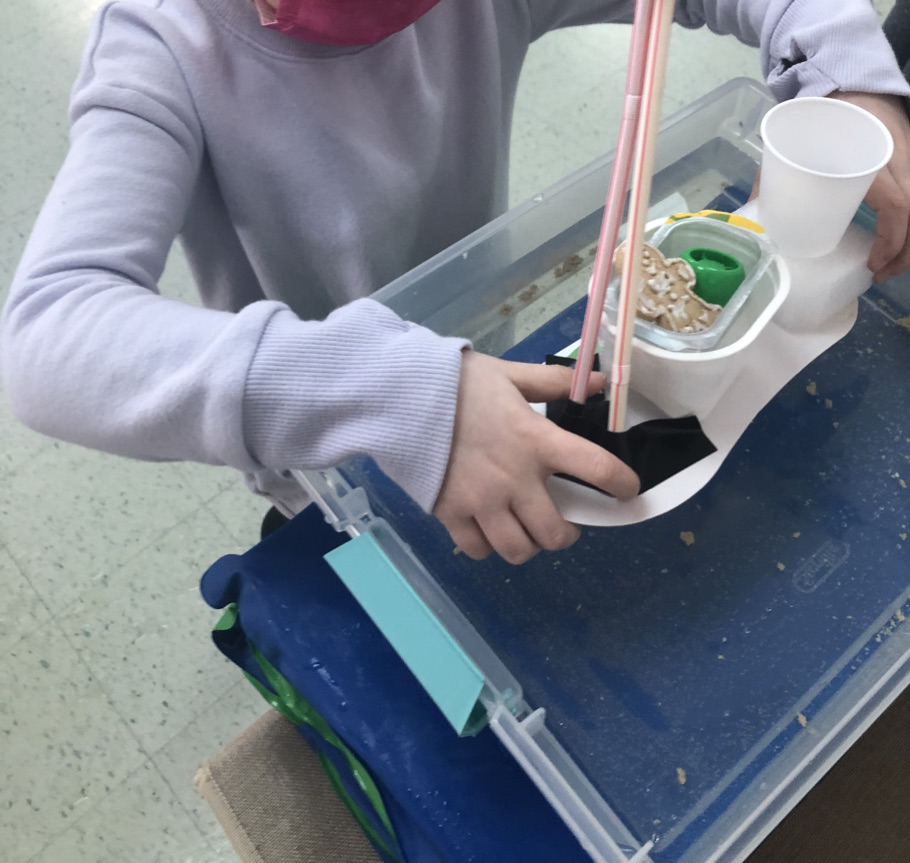
In the spring, when their “design thinking” has grown, we might design and build a pot for a plant, a feeder for a bird, or a bubble wand.
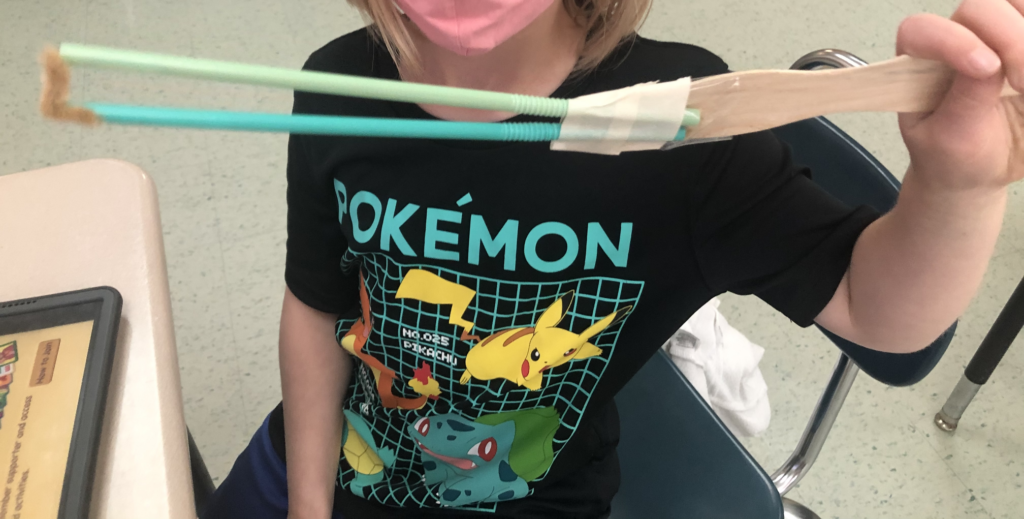
And every Earth Day, I involve families in doing an upcycle challenge with their child and send home a base material such as a milk carton, egg carton, or paper tube. We create a “museum” in the classroom with the projects children have brought in and they are shown numerous examples of how one “throwaway” object can be transformed into something usable.
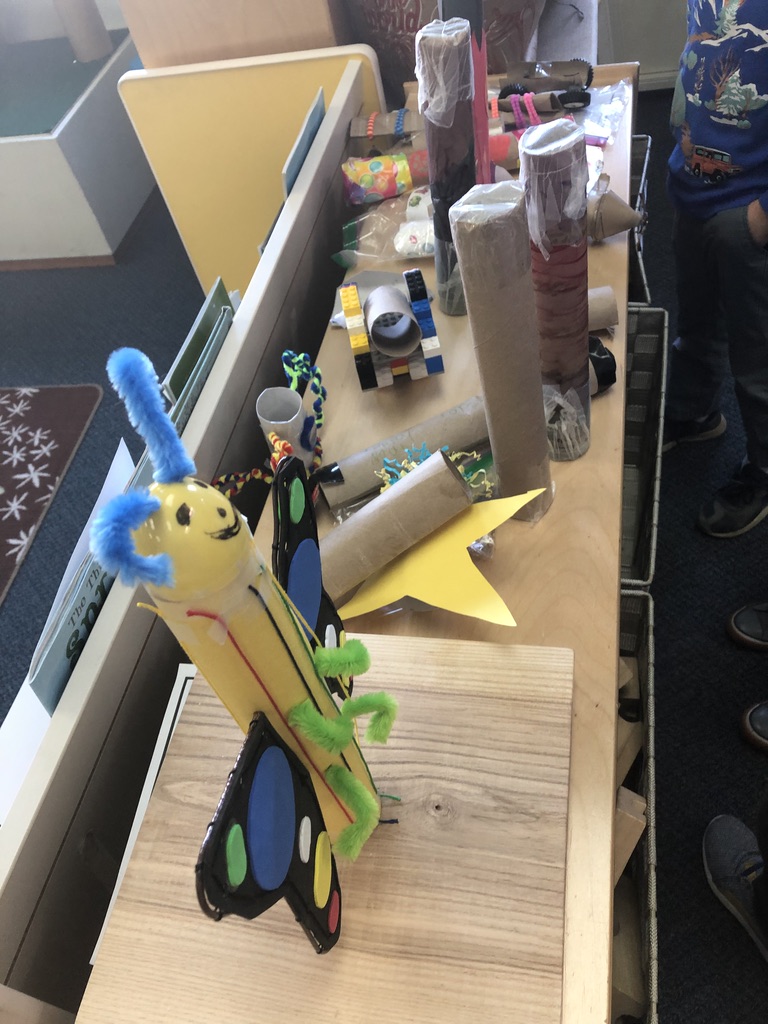
Plan Your Makerspace Challenges
So before you start gathering all sorts of goodies, make a plan for the STEM experiences you want to offer. Begin by listing ideas that fit within the three types of makerspace challenges described above.
Look at your curriculum map and find places where makerspace challenges can be incorporated into a unit or project. I think you’ll be surprised at how many ways they can easily fit into experiences you already have planned.
Once you know which makerspace challenges you are using, go ahead and fill that cute cart with the materials you will plan to use. In many cases, you can enlist the help of families to collect materials needed for upcoming challenges.
Makerspace Challenges Made Easy
Hopefully, you’ve found some ideas that will help you more easily offer makerspace challenges to your kiddos. Here are a few additional resources you might be helpful:
My Biggest Challenge with the Classroom Makerspace
Gingerbread STEM Challenge: The Toy Boat Project
The Bubble Wand Project
Classroom Makerspace Start-Up Guide
Makerspace Challenge Invitations: Task Cards & Planning Sheets
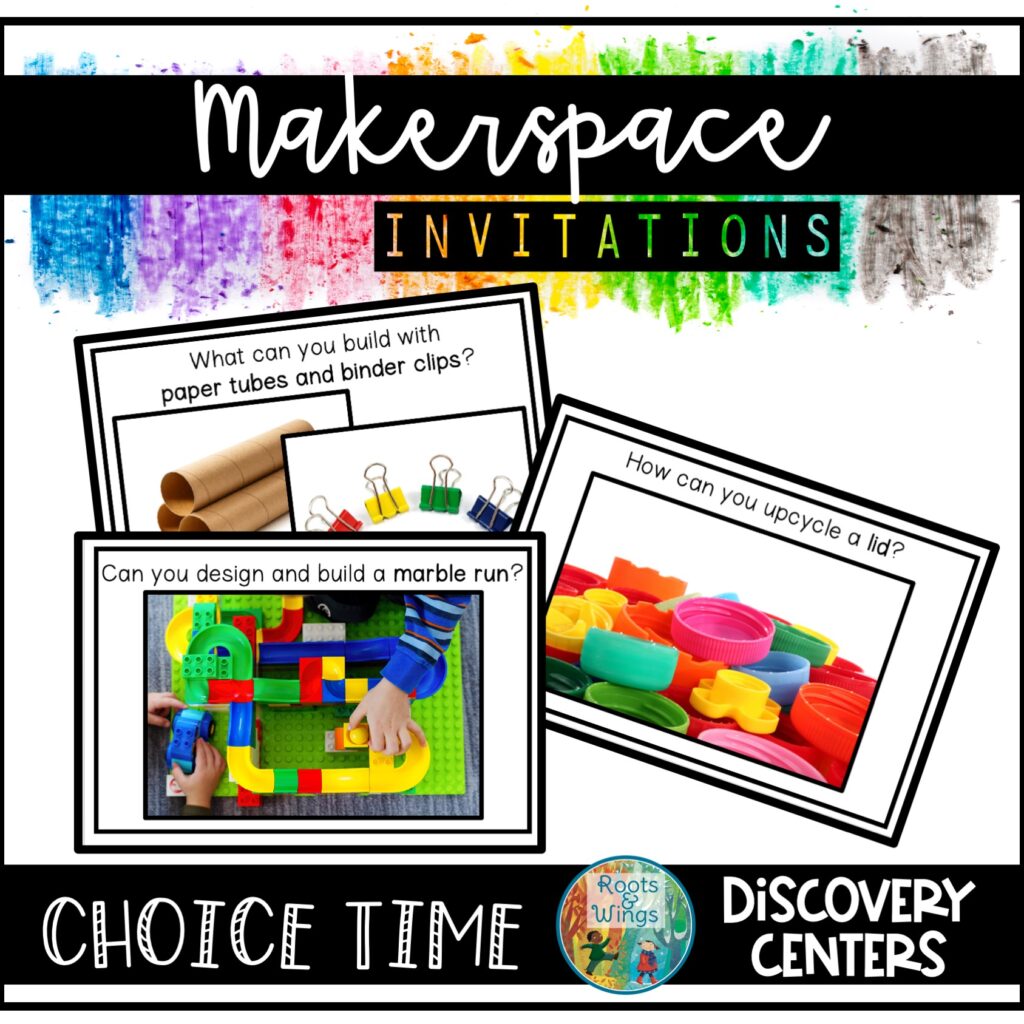
For more ideas and resources on Growing with STEAM, visit the Roots & Wings Resource Library. Thanks for stopping by!


 Easy Leprechaun Traps for Kindergarten
Easy Leprechaun Traps for Kindergarten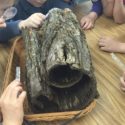 Are Trees Alive?: A Mini Inquiry
Are Trees Alive?: A Mini Inquiry Science Center Activities That Your Kiddos Will Love
Science Center Activities That Your Kiddos Will Love How to Use Your Classroom Science Center to Help Kids Think and Act Like Scientists
How to Use Your Classroom Science Center to Help Kids Think and Act Like Scientists